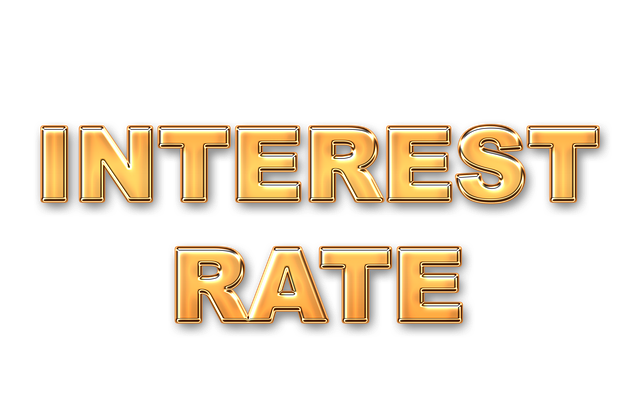The Federal Reserve's policies, driven by economic indicators like inflation and consumer spending, significantly impact the real estate market. Lower rates stimulate demand, driving up property values, while higher rates cool markets. Investors must navigate these dynamics to effectively manage mortgage availability, buyer demand, and property values in a volatile yet ever-changing sector. The Fed's decisions shape both residential and commercial real estate landscapes, making them crucial considerations for investors.
In the dynamic landscape of real estate, understanding the interplay between market forces and central bank policies is paramount. This article delves into how the Federal Reserve’s decisions are set by market conditions, specifically focusing on their profound impact on the U.S. housing sector. By exploring key areas like property values and investment strategies, we unravel the intricate relationship between the Fed’s actions and real estate market trends, offering valuable insights for both professionals and aspiring investors.
Understanding Market Influences on Federal Reserve Policies in Real Estate

The Federal Reserve’s policies have a profound impact on the real estate market, as they influence interest rates, lending practices, and overall economic conditions. Market forces play a crucial role in shaping these policies, with the Fed responding to various indicators such as inflation, employment rates, and consumer spending trends. For instance, when the economy is robust and inflationary pressures rise, the Federal Reserve may opt to raise interest rates to cool down the market, which can subsequently affect real estate investments.
Investors and professionals in the real estate sector need to stay attuned to these market influences as they directly impact property values, mortgage availability, and buyer demand. Understanding the interplay between market dynamics and Fed policies is essential for making informed decisions in a volatile yet ever-evolving real estate landscape.
The Role of the Federal Reserve in Shaping the U.S. Housing Market

The Federal Reserve, often referred to as “the Fed,” plays a pivotal role in shaping the U.S. housing market, which has profound implications for the broader real estate sector. Through its monetary policies, the Fed influences interest rates, a key factor in homeownership and investment decisions. Lowering rates can stimulate demand by making mortgages more affordable, potentially driving up home prices. Conversely, raising rates can cool down a hot market, as higher borrowing costs deter some buyers and investors.
Moreover, the Fed’s actions impact the availability and cost of credit, affecting both homebuyers and lenders. During economic downturns, the Fed may implement measures to encourage lending and investment in real estate, aiming to stabilize or revive the housing market. Conversely, in times of economic uncertainty, the Fed might tighten monetary policy to control inflation, which can result in less accessible and more expensive financing options for prospective homeowners and real estate developers alike.
How Federal Reserve Decisions Impact Property Values and Investments

The decisions made by the Federal Reserve have a significant ripple effect across various sectors of the economy, including the real estate market. When the Fed adjusts interest rates, it directly influences mortgage costs, making homeownership either more or less affordable for potential buyers. Lower interest rates often stimulate the real estate sector as they encourage investment and lead to increased property values. On the other hand, higher rates can cool down a hot market, as they make borrowing more expensive, potentially reducing demand and slowing price appreciation.
Investments in real estate are closely tied to broader economic conditions and monetary policy. Commercial property investors, for instance, watch Fed actions carefully as they determine rental rates and the overall attractiveness of investments. Changes in monetary policy can impact inflation expectations, which, in turn, affect property values and investment strategies. The Federal Reserve’s decisions play a pivotal role in shaping the landscape of both residential and commercial real estate, making it an essential consideration for investors and market participants.






